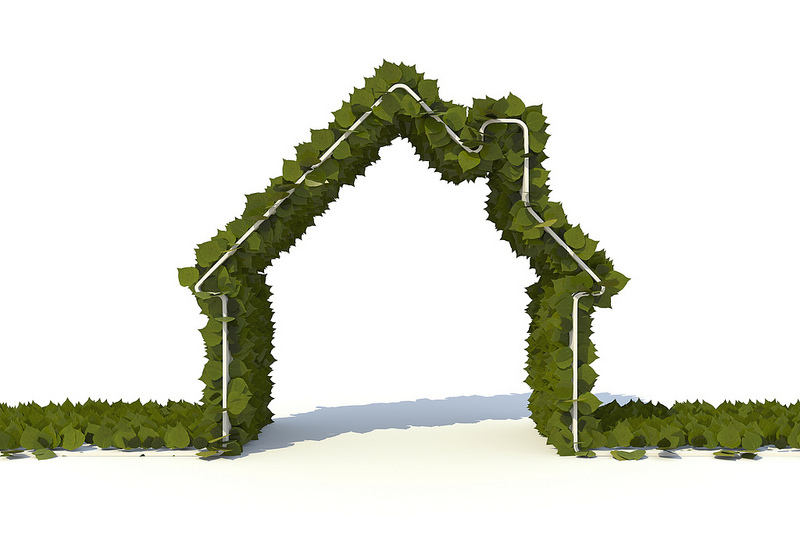We hear about going green all the time now. Whether you consider environmentalism a political issue or not, the truth is that an eco-friendly home not only preserves the environment, but it also saves you money. There are a lot of ways smart home technology can help you adopt a greener lifestyle.
You don’t have to go off the grid, and without making extreme renovations to your home, you can save money and help the planet. In fact, making your home more energy-efficient can cut your utilities bills by as much as 30%, which equates to about $570 annually for the average American household.
Getting Started
You can do a home energy audit yourself or hire a contractor to perform one. Before you start replacing all your old faucets and light bulbs, find out which improvements will be most cost-effective for your home.
Save on Heating and Cooling
Climate control is the most energy-consuming aspect of households, so it is usually the most effective improvement you can make. There are several ways you can reduce the costs of your home’s heating and cooling system. Home automation systems are becoming more popular because of the ability they give you to control many functions of your home, like thermostat, lights, and appliances. There are even companies that offer DIY home automation products for the motivated handy man. Other techniques include:
- Reduce drafts by caulking around windows and air ducts and installing weather stripping around windows and doors.
- Replace windows with double-paned or install storm windows to reduce energy loss.
- Install draft snakes or door sweeps under doors.
- Use insulating pads behind electrical outlets to prevent drafts.
- Proper insulation in ceilings, walls and attics can save up to 30% on heating and cooling costs alone. There are also home tax credits available for investing in home insulation.
- A programmable thermostat will save the average homeowner about $150 annually in heating and cooling costs. You can install one yourself or get one as part of a complete energy management system.
- Lowering the temperature on your water heater can also make a significant difference. For example, a mere change of 20 degrees (from 140 to 120) will reduce water heating costs by 6-10%.
Save on Lighting
Lighting constitutes about 11% of the average home’s energy bill. While energy-efficient light bulbs may seem quite expensive when compared to their traditional energy-wasting counterparts, every dollar spent on lighting upgrades will pay back an average of $6 in energy bill savings. Install CFLs (compact fluorescents) wherever possible. They use one-third less energy and last ten times longer. CFLs now come in a variety of colors and styles as well.
Other Ways to Save Energy
- If you don’t want to have to think about turning the lights off every time you leave a room or adjusting the thermostat every time you leave for work, home automation systems can save you a lot of money, plus they offer conveniences that make your life a whole lot easier.
- Unplug your electronics chargers when not in use, or plug them into a surge protector.
- Build a clothesline in the back yard and line dry your clothes. Line drying will make your clothes last longer and save you money.
Save Water
Don’t let money go down the drain by ignoring leaky faucets that can waste up to 3 gallons per day or leaky toilets that waste up to 22 gallons per day. If you are ready for an update, replace your old faucets and shower heads with newer low-flow technology to reduce wasted water.
Also, that old-fashioned toilet trick really works. Add a one-liter bottle filled with water to your toilet tank to reduce the amount of water used in every flush.
Average household water bills are more than $500 per year, and roughly 35% of that is used for irrigation. It’s surprising how many people over water their lawns and plants. Ask a professional gardener or lawn care provider how much water is sufficient, then set your automatic watering system accordingly. If you’d really like to start to pave the way to a self-sufficient home, buying or building a rain barrel would pay for itself in no time and can save you $100-$200 every year.
Make a Wise Decision
Creating a more energy-efficient and eco-friendly home does not have to cost you a fortune. You can do these simple projects yourself and immediately start to enjoy the benefits. Reducing wasted resources will be good for both your wallet and your planet.
Images via Chris Potter and André Mouraux

